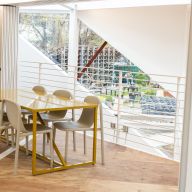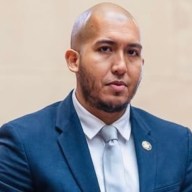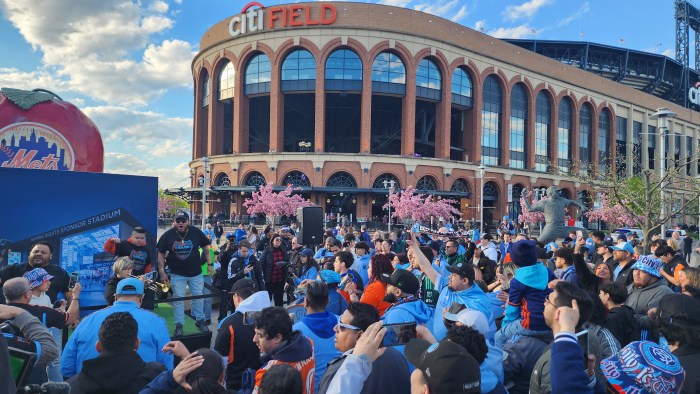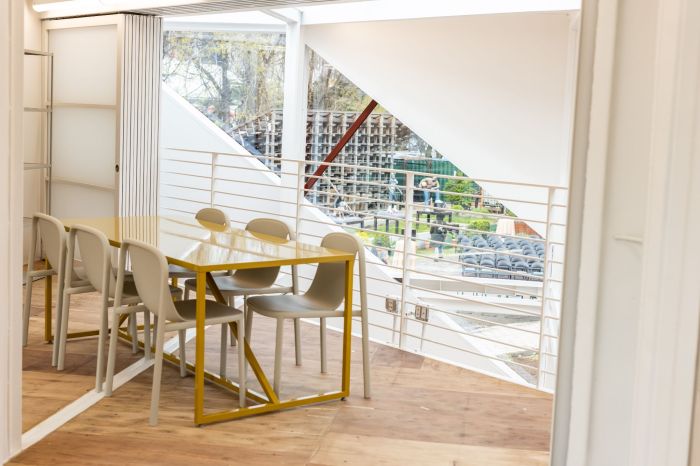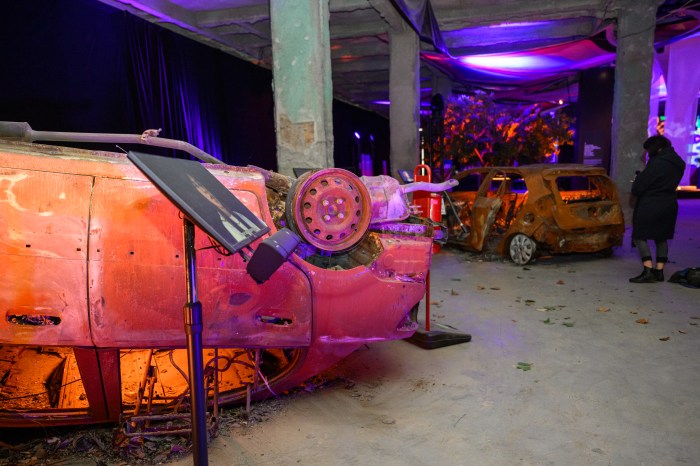The 7.1-mile thoroughfare has been the site of 83…
By Ayala Ben-Yehuda
Community leaders along Queens Boulevard are pushing to get government officials to listen to their concerns about the changes they want to see — or do not want to see — on the “Boulevard of Death.”
The 7.1-mile thoroughfare has been the site of 83 pedestrian deaths since 1993, a situation that has prompted the city Department of Transportation to increase pedestrian crossing times, install fencing and reduce the speed limit to 30 miles per hour on the boulevard, among other changes.
But the Forest Hills Action League, backed by more than 2,000 petition signatures, is demanding a re-engineering of Queens Boulevard and contending it is needed to prevent any more deaths.
In another part of the borough, Community Board 2 in Sunnyside met Monday with the DOT to press for a reconsideration of the city’s plan to close some streets off Queens Boulevard under the No. 7 subway, which local leaders had said would hurt businesses.
“There is a connection between Long Island City, Sunnyside and Forest Hills,” said Estelle Chwat, co-president with her husband Norbert of the Forest Hills Action League. “We want to unite all of Queens Boulevard.”
Since September, when the Forest Hills Action League held a memorial service for those who died on the thoroughfare, the Chwats have collected more than 2,000 signatures from local businesses, religious institutions and others in the community supporting a re-engineering of the boulevard.
Such a project should entail higher, more protected islands for pedestrians, a ramped overpass and a permanent traffic police presence, said Estelle Chwat.
The Chwats had hoped that a recently passed massive transportation funding bill in the House of Representatives would bring the needed funding to seriously revamp Queens Boulevard.
But they calculated that only $1.6 million was dedicated in the bill to fund the city’s improvements on the boulevard compared to $10 million to build a greenway, bicycle path, esplanade and ferry landing in Sunset Park, Brooklyn.
U.S. Rep. Anthony Weiner (D-Kew Gardens), who sits on the House Transportation Infrastructure Committee, said he and the rest of Queens’ congressional delegation obtained $1.5 million in the six-year transportation bill for Queens Boulevard traffic and pedestrian safety in addition to $800,000 last year.
“We’ve essentially given the city what they’ve asked us for in both years,” said Weiner.
The congressman said in order for the city to get federal funds for Queens Boulevard, the city must provide a 20 percent match. For example, if the city requests $100 million from the federal government, it must be prepared to contribute an additional $20 million.
“The city got all it could afford,” he said.
Although theoretically he could request federal funding without the city asking him to do so, “they’d still have to pay for it at the end of the day.”
Meanwhile, Community Board 2 Chairman Joseph Conley said a meeting with DOT Monday left him hopeful that most of the agency’s controversial plan for Sunnyside and Woodside — which included zigzag crosswalks, parking meters on the Queens Boulevard service roads, the closure of 40th Street and the conversion of part of 48th Street to one-way southbound — would be reconsidered.
“They’re going to go back and take a look at the engineering study that prompted these changes and see if they can make any improvements to the plan,” said Conley, who met with DOT Borough Commissioner Connie Moran, a representative of state Assemblywoman Cathy Nolan (D-Ridgewood) and the Sunnyside Chamber of Commerce.
The proposed closing of 33rd Street was not controversial, he said, because the large number of people using the stop to go to LaGuardia Community College needed to be protected.
Reach reporter Ayala Ben-Yehuda by e-mail at news@timesledger.com or call 718-229-0300, Ext. 146.










